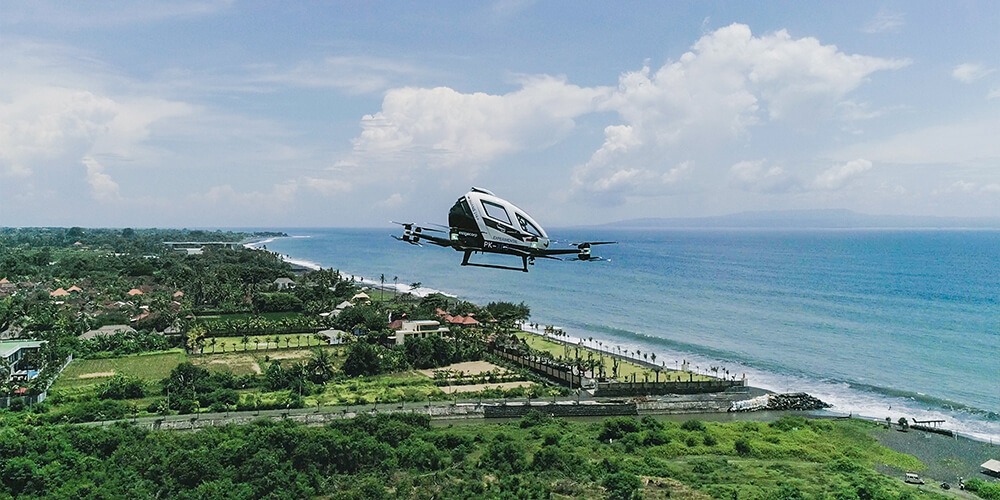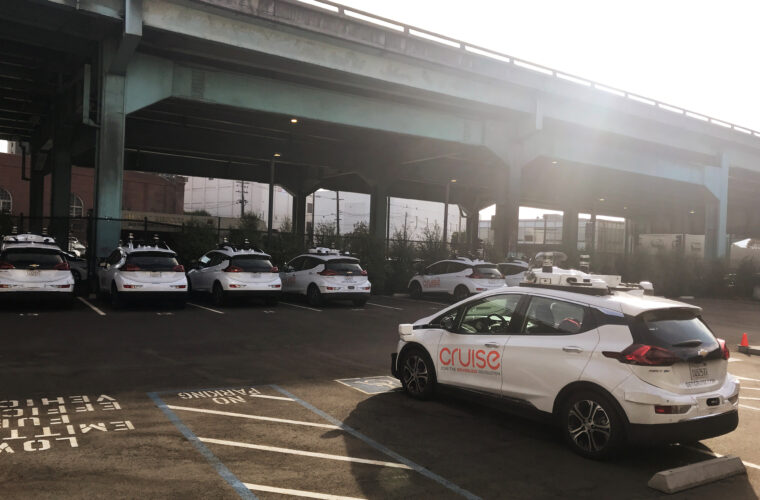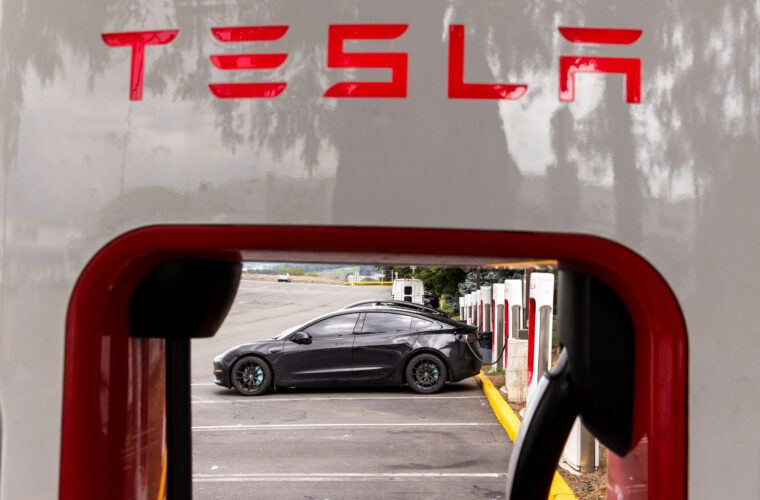Have you ever dreamt of a flying car in your younger days? If so, get ready for your imagination to come to reality. Many Asian countries including Korea, China, Indonesia, Singapore and the Philippines are looking to adopt flying cars in their mobility paradigm.
The flying car has a fancier name now; Urban Air Mobility (UAM). The basic concept (and jargon along with it) is as follows. UAM uses electric vertical take-off and landing (eVTOL) aerial vehicles. There’s no fixed shape or structure of UAM yet, but the easier way to describe it is that it’s a hybrid of drone and helicopter. Like its name, eVTOL takes off and lands vertically. That means it does not need a long and wide runway, making it fit for operating in a big city. eVTOLs are expected to fly 300~600m height airspace, with a speed of 100~300km per hour.

Many countries see UAM as an alternative mode of transportation that can solve the traffic jam problem in urban areas. According to the United Nations, 68% of the world’s population will live in cities by 2050. It means more cars on the roads. Asian countries are particularly struggling to find solutions for this issue because they are experiencing huge growth in urban population concentration. UAM is also projected to help to boost mobility efficiency. Countries with many islands like the Philippines, Indonesia and Malaysia can use UAM for inter-islands transportation.
There’s another attractive factor in adopting UAM. It uses electricity instead of jet fuel. So it does not emit any carbon dioxide. This is a huge deal for Asian countries that are trying hard to meet their net-zero goal in a few decades. In many countries, transportation marks one of the largest polluting sectors.
New Market, New Opportunity – Flying Car
UAM can open up a whole new mobility market. There are far more things required in UAM operation than just eVTOL. One would need a digital platform for UAM reservation, check-in and boarding. Advanced telecommunication technology is essential to control air traffic. The vertiport, airport for eVTOLs, is also a necessity.
This means UAM can bring serious bonanza for companies in various businesses such as aircraft manufacturing, digital platform, telecommunication, construction and real estate. Research company MarketsandMarkets recently projected that the global UAM market size would grow from 2.6 billion USD in 2022 to 28.3 billion USD in 2030, at a compound annual growth rate(CAGR) of 34.3%.

Companies Are Moving In
Flying car: Many companies in Asia are pursuing or launching UAM projects. Korea has now four big consortiums. Hyundai motor group, the third-largest conglomerate by asset size in the country, has started the UAM program with KT, Incheon International Airport Corp. and IGIS asset management. SK Telecom, the mobile carrier of the second-largest conglomerate (SK Group), has teamed up with Korea Airports Corp and Hanwha Systems. The fourth-largest conglomerate of LG mobilized a new consortium with Kakao mobility and GS Caltex earlier this month. Lotte, the fifth biggest, is also working on the UAM project.
Chinese company EHang has already established a broad partnership with various companies. EHang is working on a UAM project in Guangzhou with several flight test routes. It has also conducted flight tests in more than 10 countries including China, Japan and Indonesia. In March, EHang entered a partnership with AEROTREE, a Malaysian aviation company, to co-develop UAM in Malaysia. The next month EHang received a pre-order for 100 units of its eVTOL from Prestige Aviation and the Indonesian aviation company.
In some countries, the government is leading the way. The Singaporean government is working with Volocopter, a Germany-based eVTOL manufacturer, to start a tourist route over the south coast. India’s aviation minister Jyotiraditya Scindia recently suggested that the country could persuade several eVTOL companies to set up manufacturing plants in India.

So, Can We Really Get Into It?
Of course, there are many questions unanswered yet; the main one being “Is it safe”. We all know it is just humanly impossible to operate a mobility system with zero accidents.
Cars, for instance, have airbags to cushion the horizontal impact from a collision. And in many cases, it’s still not enough to protect the people in them. With UAM, one accident could mean a full-on 360 degrees impact for the passengers, as well as a disaster for the people who happen to be walking under it. Cybersecurity will be a potentially critical vulnerability.
UAM companies plan to deal with this problem head-on. “We will test low-altitude routes in rural or suburban areas that have lower population density”, one source told 4i magazine, “As we get more use cases, we can apply new insight and advanced technology on UAM, making it safe and efficient to be the game-changer in mobility paradigm”.



